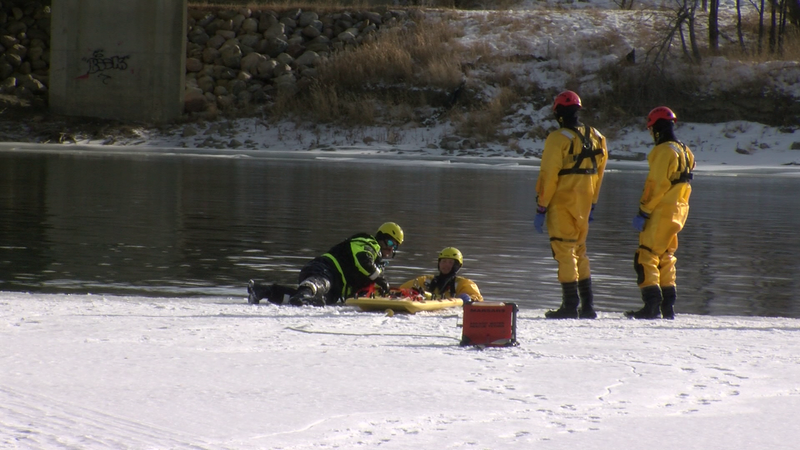
Medicine Hat Fire and Emergency Services conducting surface ice rescue training
Medicine Hat Fire and Emergency Services are conducting a surface ice rescue technician courses this week.
The currently have 16 member on staff certified, or four per shift, but will have 36 total by the end of the week.
Which will represent half their firefighting staff.
